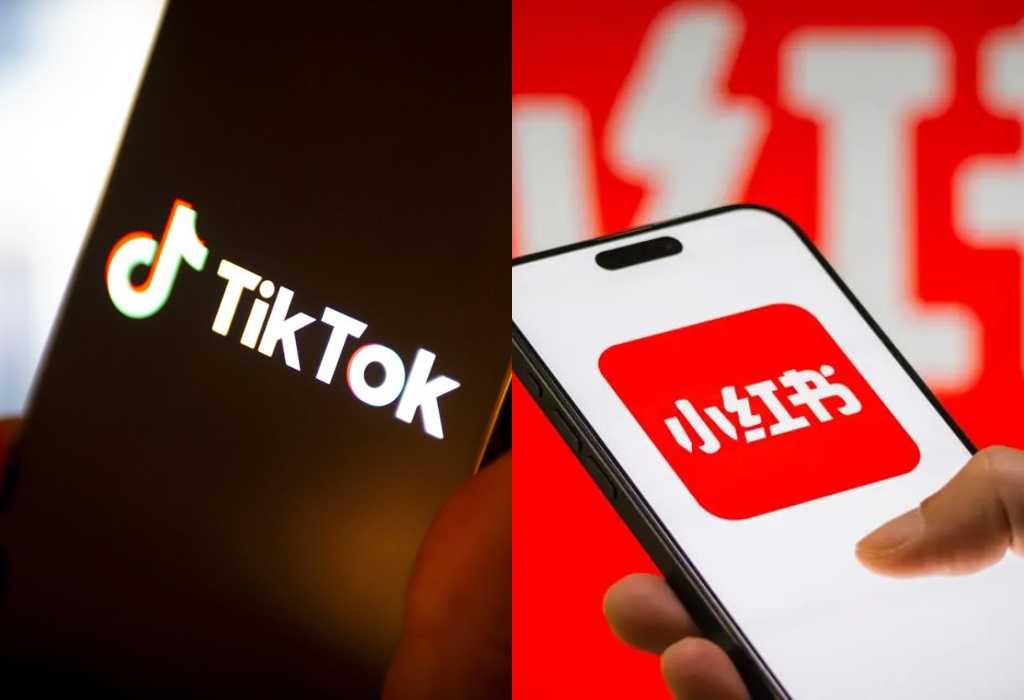By The Malketeer
Southeast Asia Emerges as Growth Leader with 6.8% Forecast, Doubling 2024 Rates
According to Dentsu‘s latest Ad Spend Report, APAC is set to defy global trends with a projected 5.8% growth in advertising spend for 2025, outpacing both global GDP and ad spend projections across other regions.
This acceleration from 2024’s 5.4% growth rate confirms APAC’s position as the undisputed leader in advertising investment, while EMEA and the Americas struggle to maintain momentum.
This isn’t just a story of numbers but one of digital transformation that continues to reshape how brands connect with consumers across diverse markets.
It’s a transformation that is increasingly setting the template for global advertising strategies.
The Twin Engines of Growth
As Prerna Mehrotra, Chief Client Officer & Practice President, Media at Dentsu APAC explains, “Two engines of growth, the dynamism of China and India, and the unrelenting modernisation of Southeast Asia, are driving the region’s robust advertising investment. Amidst diverse market development profiles—one constant stands true: digital dominance.”
While these powerhouses show signs of moderating—China at 4.5% and India at 6.5% growth—they remain formidable forces in the regional landscape.
China’s sophisticated digital ecosystem continues to mature, with its “Big 6” platforms—Tencent, ByteDance, Baidu, Alibaba,
Douyin/TikTok and Xiaohongshu—projected to increase ad spend by 6.7% year-over-year.
Douyin/TikTok alone is expected to see an impressive 11% rise in advertising investment, reflecting its growing influence on consumer behaviour and purchasing decisions.
The platforms’ sophisticated AI-powered media buying capabilities are setting new standards for targeting precision and campaign effectiveness, further cementing their dominance and drawing greater shares of advertising budgets away from traditional channels.
India continues its digital revolution with digital media ad spend set to grow by a remarkable 20% in 2025, tripling the overall ad industry’s growth rate in the country.
This explosive digital growth is being fuelled by the rapid expansion of OTT platforms and retail media networks, as the country’s massive population increasingly embraces digital-first lifestyles.
With smartphone penetration continuing to rise and data costs remaining among the lowest globally, India represents perhaps the most dynamic digital advertising environment in the world.

Southeast Asia: The Meteoric Star
Perhaps the most compelling narrative emerging from the report is Southeast Asia’s meteoric rise.
The sub-region is forecast to achieve 6.8% growth in 2025—more than doubling its 2024 performance.
This dramatic acceleration signals Southeast Asia’s emergence as a critical advertising market in its own right, rather than simply an adjunct to the China-India axis.
Markets like the Philippines (15.4%) and Malaysia (5.1%) are leading this charge, establishing Southeast Asia as what Matt Farrington, President of Investment & Trading at Dentsu APAC, calls “a sub-regional powerhouse, outpacing other parts of the region.”
The region’s unique combination of young, digitally-native populations, rapidly expanding middle classes, and distinctive cultural nuances is creating opportunities for advertisers to develop highly targeted campaigns that resonate on both local and regional levels.
International brands are increasingly developing Southeast Asia-specific strategies, recognising that approaches that work in China or India may not translate effectively to these markets.
Digital Dominance and Emerging Channels
Digital advertising now claims 70% of total ad spend across Asia Pacific, with programmatic growing at an astounding 24%, significantly outperforming global trends.
This digital revolution isn’t merely about shifting budgets—it’s fundamentally altering consumer journeys and creating new paradigms for brand engagement.
“Brands are increasingly turning to mega-app environments—think Douyin/TikTok, Xiahongshu and the Meta family of apps—that cater for all moments of the customer journey and which are completely reshaping how customers discover, search and purchase,” notes Farrington.
These ecosystems enable seamless transitions from discovery to purchase, collapsing traditional marketing funnels and creating new challenges and opportunities for marketers.
Brands that can master these environments gain unprecedented access to consumers at all stages of their decision journey, while those that fail to adapt risk irrelevance.
Retail media emerges as another significant trend, with a projected 10% CAGR through 2031.
E-commerce giants including Tmall, Shopee, Lazada, and Flipkart are transforming into advertising powerhouses in their own right, blurring the lines between retail and media.
These platforms offer advertisers the holy grail of marketing: the ability to reach consumers with highly targeted messages at the precise moment of purchase intent, with closed-loop attribution that clearly demonstrates ROI.
For FMCG brands in particular, retail media networks represent a fundamental shift in advertising strategy, allowing for hyper-targeted campaigns based on actual purchasing behaviour rather than demographic proxies.
As these networks mature and expand their offerings beyond their own digital properties to include connected TV and other channels, they will continue to capture growing shares of advertising budgets.
Australia: Steady in Transformation
While Australia may not match the explosive growth of its northern neighbours with a modest 3.8% increase forecast, its mature market continues to evolve through “accelerated digitisation of channels such as TV, OOH and audio,” according to Farrington.
This transition from traditional to digital formats is creating new opportunities for innovative ad formats and targeting capabilities, even within established media channels.
The upcoming 2025 national elections are expected to boost video ad spend by 8.7% year-on-year, as political campaigns leverage the engagement and targeting capabilities of digital video to reach voters.
Brands operating in Australia often gain valuable insights that can inform their strategies in emerging APAC markets.

The AI Revolution
Artificial intelligence is increasingly reshaping the APAC advertising landscape, far beyond simple automation of existing processes.
The report indicates that AI-powered tools and “super-apps” are disrupting traditional discovery patterns, leading to a slowdown in APAC search ad growth to 3.9%.
This shift reflects fundamental changes in how consumers find products and services.
Rather than explicitly searching for what they want, consumers are increasingly discovering products through AI-curated feeds, recommendation engines, and contextual placements within content.
For brands, this requires a fundamental rethinking of their approach to visibility and discovery, moving beyond keyword optimisation to content strategies that align with AI-driven curation algorithms.
AI is also revolutionising creative development and optimisation, enabling real-time personalisation at scale and continuous improvement of campaign performance.
The Sustainability Imperative
While not explicitly highlighted in Dentsu’s top-line findings, sustainability considerations are increasingly influencing advertising strategies across APAC.
Consumers, particularly in more developed markets like Australia, Singapore, and Japan, are demanding greater environmental responsibility from brands, including in their advertising practices.
This is driving interest in lower-carbon advertising approaches, such as programmatic optimisation for energy efficiency and creative strategies designed to minimise unnecessary ad serving.
Despite the region’s digital convergence, cultural distinctions remain crucial for advertising success across APAC.
The report’s findings reflect the importance of localised strategies that respect market-specific consumer behaviours and preferences, even when leveraging global platforms.
In China, for instance, the preference for immersive, entertainment-driven brand experiences continues to shape advertising approaches, while Indian consumers respond strongly to value-focused messaging that acknowledges the importance of affordability.
Southeast Asian markets, despite their geographic proximity, display significant variations in religious and cultural sensitivities that must be navigated carefully.
Successful regional brands are those that can balance the efficiency of centralised campaign development with the effectiveness of localised execution—a challenging but increasingly necessary capability in the fragmented APAC landscape.
As CMOs across the region express optimism about expanding advertising opportunities, the message is clear: Asia Pacific isn’t just participating in the global advertising ecosystem—it’s leading it.
Looking ahead, several emerging trends are likely to shape the next phase of APAC’s advertising evolution:
For marketers worldwide, the lesson from Dentsu’s report is compelling—look east not just for growth opportunities but for glimpses of the future of advertising itself.
Share Post:
Haven’t subscribed to our Telegram channel yet? Don’t miss out on the hottest updates in marketing & advertising!